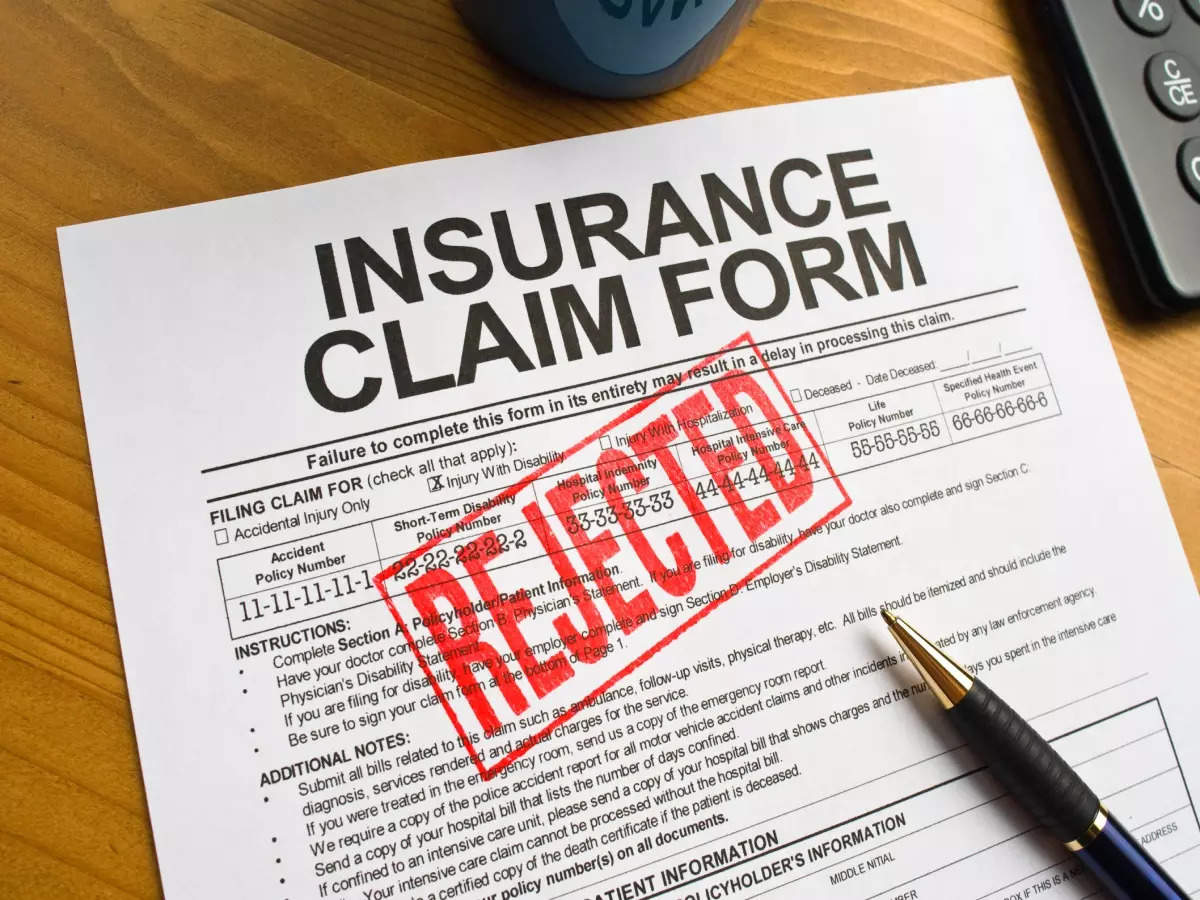GOODS INSURANCE DOCUMENTS
Concept of cargo insurance documents
Cargo insurance documents are issued by the insurance company (insurance issuer) to the insured to formalize the insurance contract, showing the necessary information about the implementation of insurance between the insurer and the insured.
Types of cargo insurance documents
- Insurance Policy: is a document issued by an insurance organization, including the main provisions of the insurance contract to legalize this contract.
The insurance policy includes: General provisions of a permanent nature, which clearly state the responsibilities of the insurer and the insured; Specific provisions on the subject of insurance (name of goods, quantity, marking, name of vehicle transporting goods, etc.) and calculation of insurance premiums.
- Insurance certificate: is a document issued by the insurer to the insured to confirm that the goods have been insured according to contract conditions. The content of the insurance certificate only includes provisions stating the subject matter insured, details necessary for calculating insurance premiums and agreed insurance conditions.
Six main types of documents commonly required for cargo insurance claims

Personal Documents:
- Identity card (RG) and taxpayer card (CPF) for all individuals involved in the loss event.
- The driver’s license (CNH) of the vehicle motorist and/or owner.
- The vehicle document (CRLV) and the license document.
Waybill:
- This document varies based on the mode of transportation:
- Road Waybill (CTRC) or Bill of Lading (for ocean or air shipments).
- These documents, issued by the carrier, provide details such as:
- Type and quantity of goods shipped.
- Shipper and consignee information.
- Loading and discharge locations.
- Details of the transporting vehicle.
- Freight cost.
Delivery Documentation:
- The purpose of this document is to prove the delivery of merchandise to the final consignee. It includes:
- Shipment invoice.
- Cargo delivery report.
- Signed delivery receipt or receiving sheet.
- If the received freight is damaged or doesn’t meet expectations, the consignee should note it on the delivery document.
Statement of Claim:
- Describes the loss details, including:
- Damaged merchandise.
- Extent of damage.
- Value of the damage.
- Components of the statement:
- Statement in the driver’s own handwriting.
- Letter from the insured reporting the loss.
- Police report or road police report.
- Cargo manifest or equivalent document signed by the driver.
Accident Report:
- Provides evidence that an accident occurred, resulting in damage to goods in transit. Includes:
- Technical report on the seizure, display, and delivery of the vehicle and/or load.
- Police report or road police report.
Proof of Disposal:
- If damaged goods are a total or partial loss, the insurer may request a disposal report.
- Evidence that the goods were not recovered:
- Photos of the damaged cargo.
- Quality assessment report (e.g., for electronic or pharmaceutical products).
Some basic content
- Name and address of the insurance company
- Title: The insurance policy must have the title INSURANCE POLICY printed in large font to distinguish the insurance policy from other documents circulating on the market.
- Date of issuance of insurance document:
- Insurance document number: is the document number written by the person signing the insurance policy right below the title on the insurance policy.
- Insured person
- Ship name and ship number
- Delivery from … to….
- Insurance conditions Insurance conditions in an insurance contract are conditions agreed between the insurance buyer and the insurance seller.
Above is some basic information, contact us for more details.
Hotline: 0878697799
Read more:

